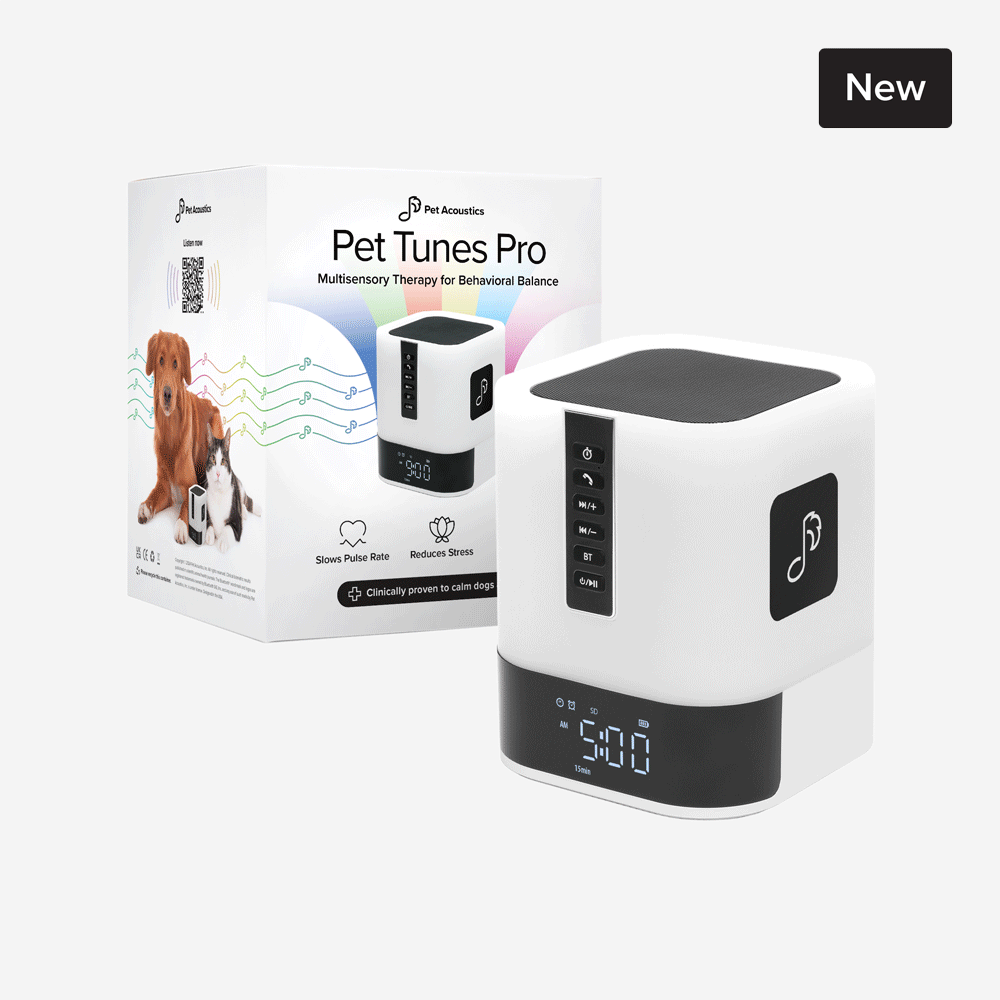Try the Free Pet Hearing Test
Safely see how well your dog or cat can hear in just a few minutes. It’s free from our app or your browser.
Or continue to desktop version ›





















